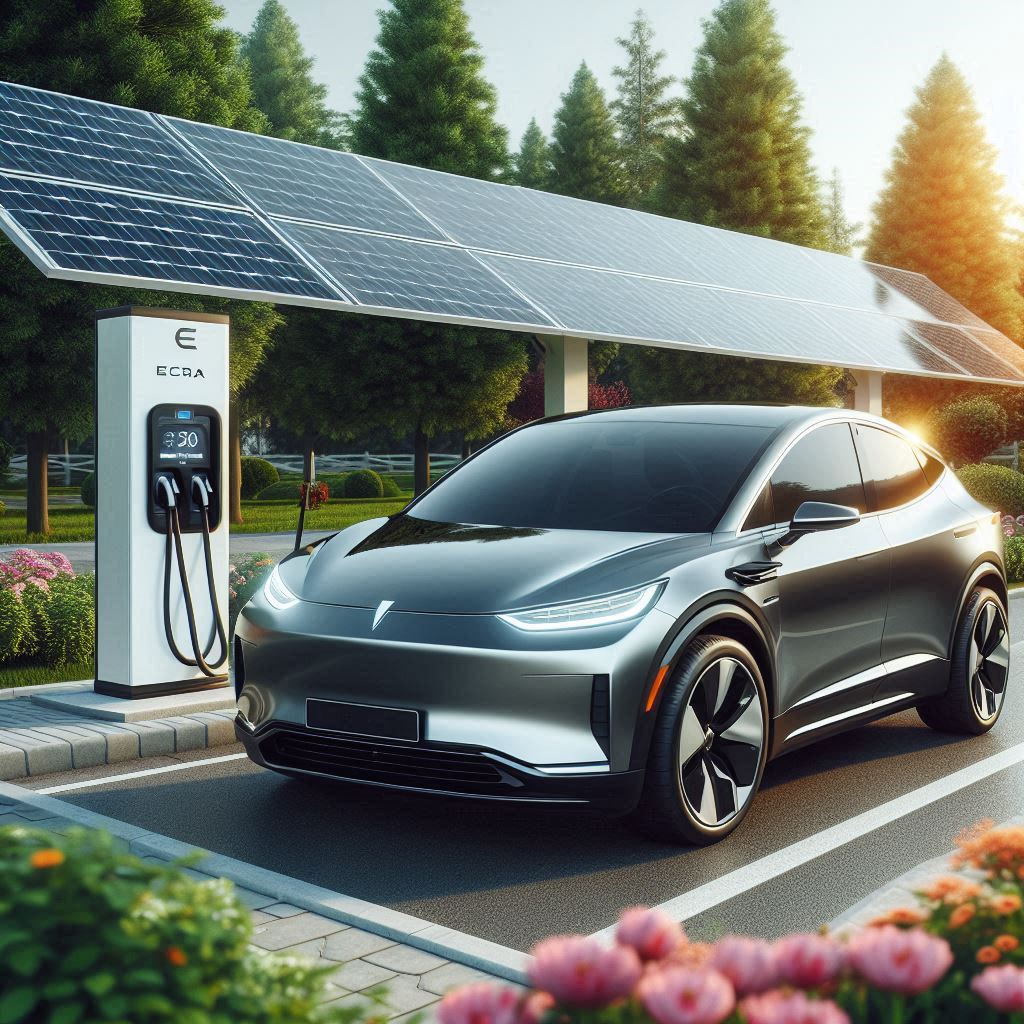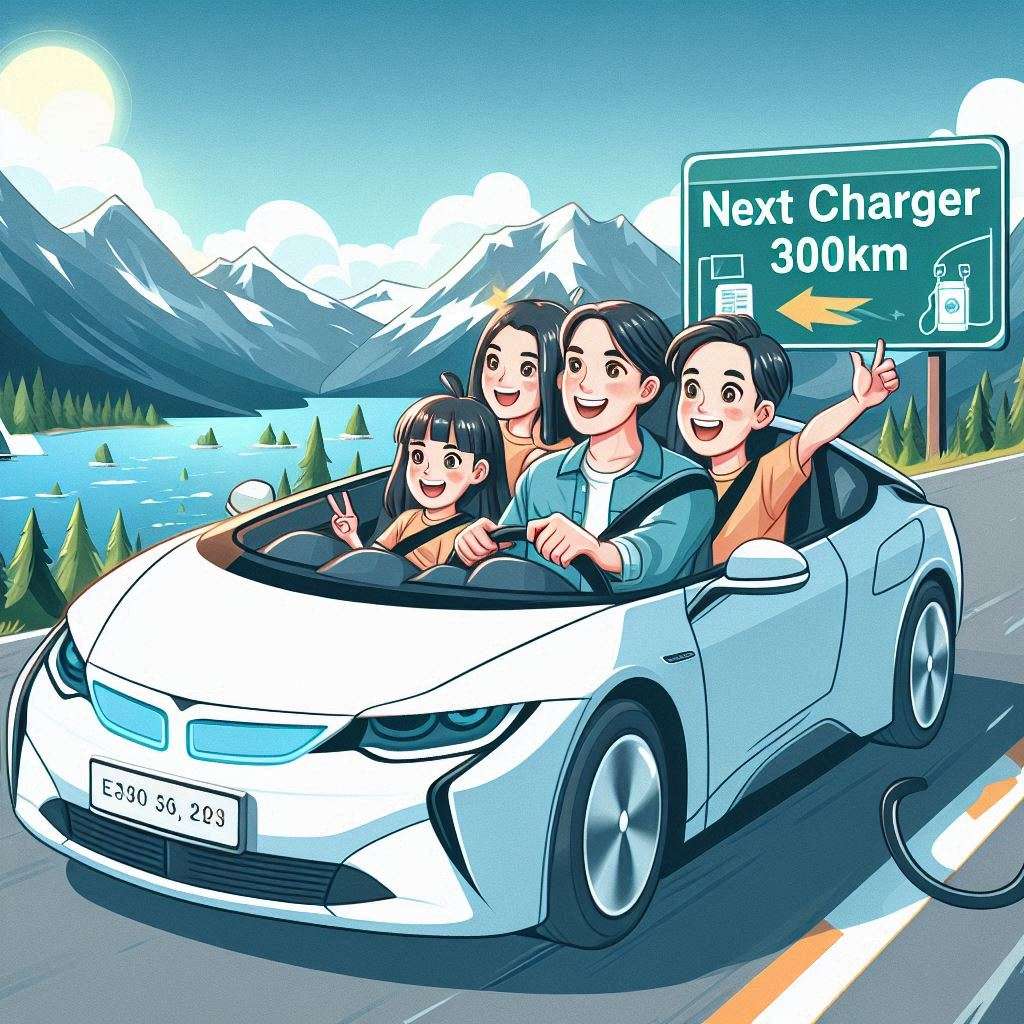The EV Myth: EVs are heavy and therefore unsafe
EVs are too heavy for car parks. EVs are so heavy they’re unsafe.
Electric cars are way too heavy and are ruining our roads.
If you’re in a crash with an EV you’re dead, because they’re so heavy they crush everything in their path.

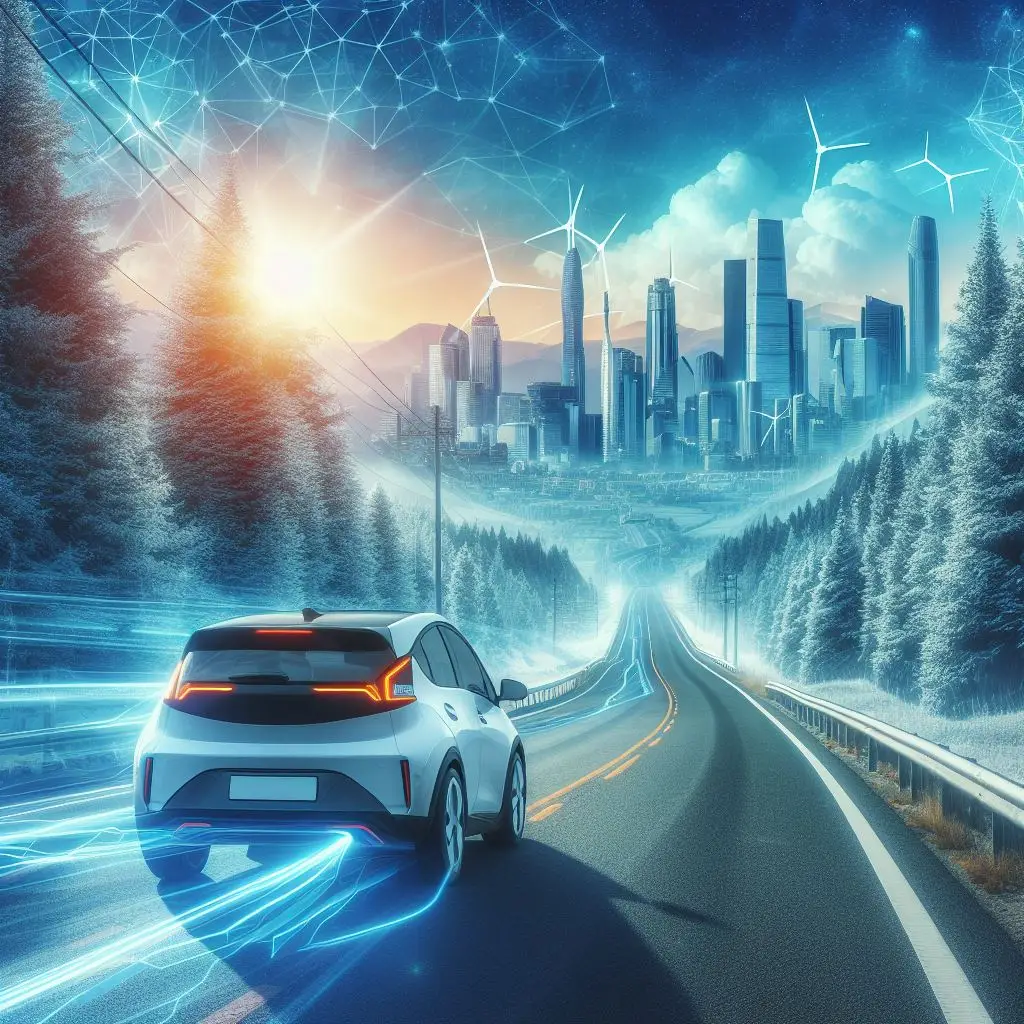
EV Myth Busted
While calling for better maintenance of the roads in the UK, Stephen Cooke, Asphalt Group MD, said: ‘Let’s be crystal clear, EVs are not the cause of the current state of the UK’s roads.’ Instead, he blames large SUVs, utes and lack of proper maintenance.
Let’s take Australia’s three best selling vehicles in 2023: The Ford Ranger, Toyota Hilux and Isuzu D-Max. All three are utes and range in weight from 2200kg to 3500kg empty. These three models combined represent more than 10% of all vehicles sold in Australia in 2023.
EVs on the other hand represent around 8.5% of the market. The average weight of an EV is between 1500kg and 2000kg, with a few notably larger exceptions.
Given that EVs represent both a smaller demographic, and a lower average weight compared to this comparison group of utes, it’s pretty hard to pin EVs as being heavier, or more damaging or dangeroous.
While I’d rather not have any cars run into me at all, it does seem that EVs are less of a threat to my survival, the roads, or carpark integrity than the three highest selling cars on the Australian market.
The Details: Electric Cars are heavy, but also SAFE
You may have heard concerns about the weight and safety of electric vehicles on our roads and in carparks. With a recent survey showing a significant jump in safety concerns as a major reason for not buying an EV, it’s time to separate fact from fiction.
You might be surprised to learn that EVs are safe in crashes and don’t pose a significant threat to carparks, roads or human life. It’s actually the increasing popularity of large SUVs and utes that should be of greater concern. Let’s investigate the data and expert insights to set the record straight.
The Rise of Safety Concerns
Survey Results
With the recent NRMA survey of 1,376 members, it’s clear that safety concerns are on the rise. The percentage of members not sure about buying, or who would not buy an EV, jumped from 43 per cent in 2022 to 64 per cent in 2024. This significant increase suggests that people are becoming more cautious about adopting EVs, and safety is a major factor in their decision-making process.
Shift in Concerns from Price to Safety
The survey results also reveal a shift in concerns from price to safety. While price remains the primary factor in not switching to an EV, safety concerns have surged as the second biggest reason, rising to 20 percent – from just 0.3 per cent in 2022.
Understanding this shift in concerns is crucial. As EVs become more affordable and accessible, people are beginning to focus on other aspects of ownership, such as safety. This increased scrutiny is a natural part of the adoption process, and it’s necessary to address these concerns head-on. By examining the data and expert opinions, we can separate fact from fiction and provide a clearer picture of EV safety.
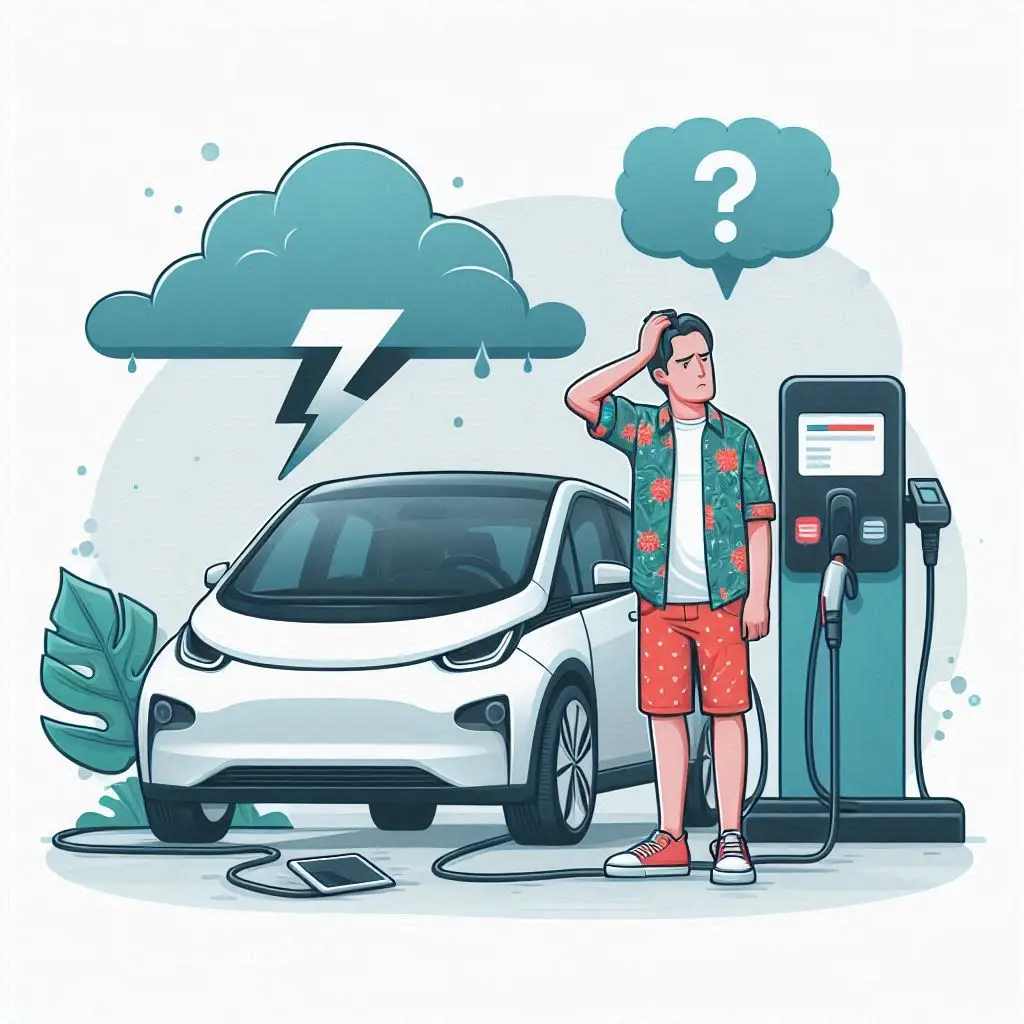
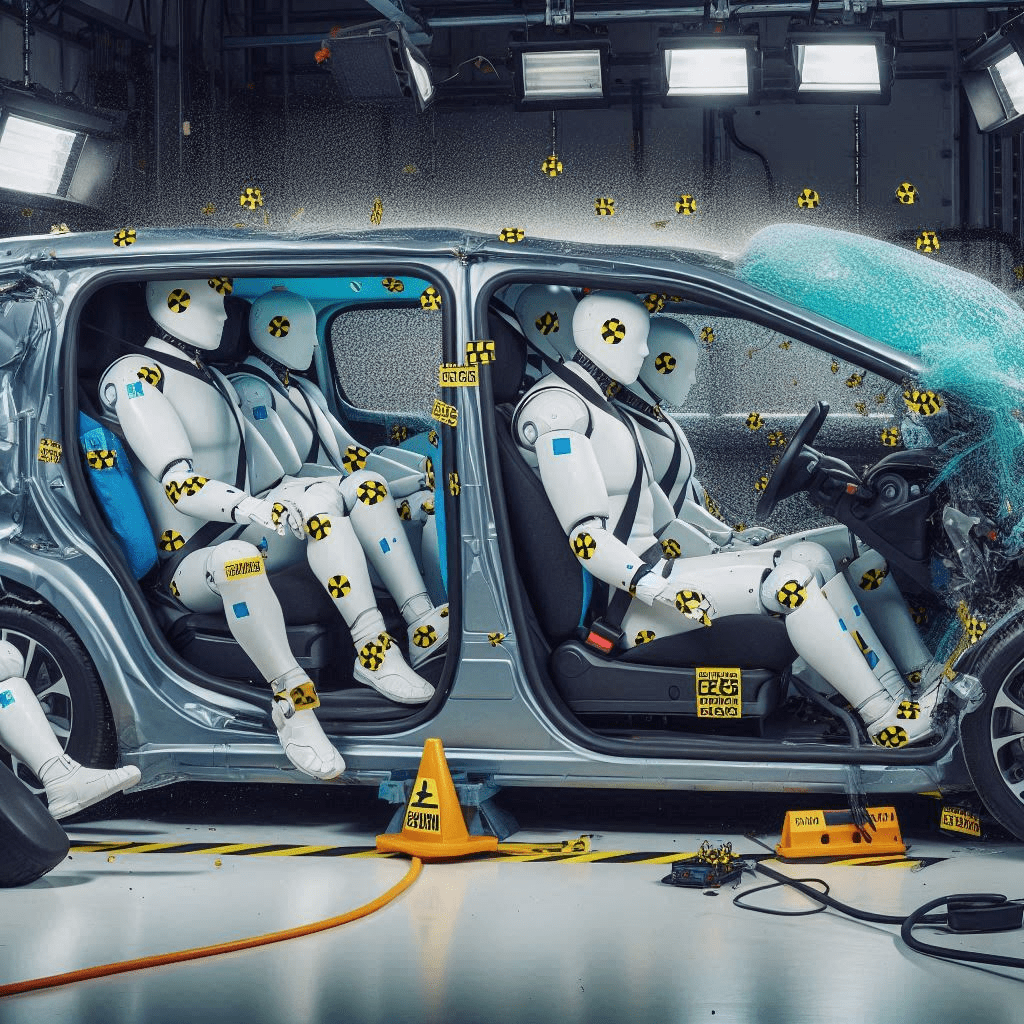
Crash Safety of EVs
You want to know that your vehicle can protect you and others on the road in the event of an accident. So, it’s necessary to address the concerns surrounding the crash safety of EVs.
Research Findings
To alleviate concerns, research has shown that EVs are just as safe as, if not safer than, their internal combustion engine (ICE) counterparts. According to Jingwen Hu, a researcher in vehicle safety at the University of Michigan, not a single EV involved in a crash test at the US-based Insurance Institute for Highway Safety (IIHS) has resulted in any fires.
Lower Centre of Gravity and Rollover Incidents
To further enhance safety, EVs typically have a lower centre of gravity due to the placement of batteries under the vehicle’s floor. This design feature significantly reduces rollover incidents, according to data from the United States’ National Highway Traffic Safety Administration (NHTSA). NHTSA data associates this type of crach with with a higher rate of both fatalities and traumatic head injuries, .
It’s worth noting that this lower centre of gravity also contributes to improved handling and stability, making EVs more responsive to driver input and less prone to losing control. Better control usually means fewer accidents to start with, further reducing injuries.
Five-Star Safety Ratings
Centre stage in any safety discussion is the impressive performance of EVs in crash tests. In Australia, a staggering 94.3% of EVs have achieved a five-star safety rating, compared to 88.3% of ICE vehicles tested in the last five years. ANCAP ratings combine active and passive safety features, as well as destructive testing (you know the ones with the crash test dummies in vehicles crashing into solid objects).
Understanding the rigorous testing procedures and safety standards, it’s clear that EV manufacturers are prioritizing safety in their designs, ensuring that you and your passengers are well-protected in the event of an accident.
Popular Vehicles and Their Gross Vehicle Mass
Once again, it’s crucial to look at real data to understand the reality of EVs and their weight. Let’s examine the gross vehicle mass (GVM) of popular vehicles in Australia.
Non-Electric Vehicles
One of the most popular non-EV vehicles in Australia is the Ford Ranger, which has a maximum GVM of 3.13 tonnes. The Toyota Hilux, another top-seller, has a maximum GVM of 3.05 tonnes. These figures are significantly higher than the 2.5-tonne limit for light vehicle traffic areas.
Utes and SUVs are becoming increasingly popular in Australia, and their weight is a significant concern. The RAM 1500 has a GVM of 3.49 tonnes, while the Nissan Patrol has a GVM of 3.35 tonnes. These vehicles are significantly heavier than most EVs available in Australia.
Electric Vehicles
With the growing popularity of EVs, let’s to look at their GVM as well.
Vehicles like the Tesla Model 3, Hyundai Kona Electric, and Nissan Leaf have GVMs ranging from 1.5 to 2.3 tonnes, well within the limits for light vehicle traffic areas. This is the vast majority of EVs available today. There is significant impetus to reduce the cost and weight of EV batteries which menas they’re going to get lighter.
Electric Utes and Their Weight
The introduction of electric utes, such as the LDV eT60, raises concerns about their weight and impact on carpark safety. With a tare mass of 2.9 tonnes and a GVM of well over 3 tonnes, these vehicles are heavier than many smaller passenger cars. These aren’t significantly different in weight shape or size compared to other utes available now.
Safety should be your top priority when driving any large vehicle, whether electric or not. Be aware of your vehicle’s tare mass and GVM, and exercise caution when entering carparks with weight restrictions. Note, it’s not just about the powertrain; it’s about the overall weight and size of the vehicle.
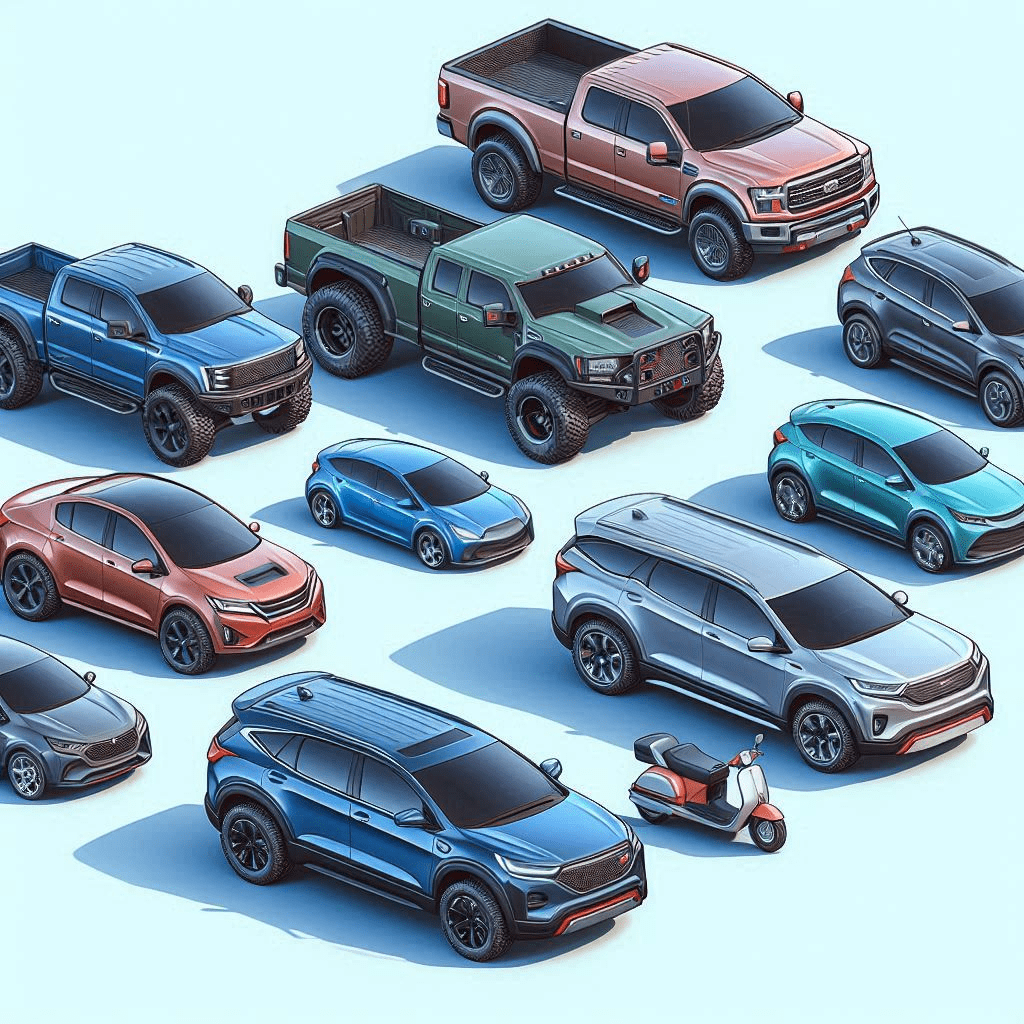

The Weight of EVs on Roads and in Carparks
Despite the growing concerns about the safety of Electric Vehicles (EVs) in carparks, and on our roads, let’s separate fact from fiction. Let’s investigate the relationship between EV weight and road/carpark safety.
Current Weight Limits and Carpark Design
According to Australia’s standards, carparks areto be designed to accommodate vehicles up to 2.5 tonnes gross vehicle mass (GVM) in light vehicle traffic areas, and above 2.5 tonnes with an upper limit of 10 tonnes in medium vehicle traffic areas.
The Trend towards Larger and Heavier Vehicles
Weight is becoming a significant concern in Australia’s car market, with a growing trend towards larger and heavier vehicles. SUVs and utes now account for 80% of the new car market, and their weights are often heavier than those of EVs.
As we saw earlier many popular SUVs and utes in Australia have maximum gross vehicle masses exceeding 2.5 tonnes. For example, the Ford Ranger and Toyota Hilux, two of Australia’s most popular vehicles, have maximum GVMs of 3.13 tonnes and 3.05 tonnes, respectively. While EVs may be heavier than their internal combustion engine counterparts, they’re mostly under the 2.5tonne mark. Instead, it’s the increasing prevalence of large 4×4 utes and SUVs that should be of primary concern. These vehicles, regardless of their powertrain, pose a greater risk to carpark safety due to their weight and size.
Potholes and Road Surface Damage
Stephen Cooke, Asphalt Group MD, said: ‘Let’s be crystal clear, EVs are not the cause of the current state of the UK’s roads.’
To wrap up
Conclusively, you now know that the myth about EVs being too heavy is just that – a myth. While it’s true that EVs are heavier than their internal combustion engine counterparts:
- Many vehicles are heavy, but the heaviest vehicles on our roads are not EVs
- carparks in Australia are designed to accommodate vehicles up to 2.5 tonnes gross vehicle mass,
- most modern EVs fall well within this limit.
- many of our most popular vehicles like SUVs and Utes are far more likely to be over this limit.
- A UK road maintenance company is blaming lack of maintenance and large vehicles for the pothole problems there.
- ANCAP safety ratings prove EVs are safer on average, with more EVs achieving 5-stars than their equivalent ICE vehicles.
The real concern should be the increasing prevalence of large 4×4 utes and SUVs, regardless of their powertrain, which pose a greater risk. So, the next time you’re thinking of switching to an EV, don’t let weight concerns hold you back – just make sure you know your vehicle’s tare mass and GVM, and drive safely!

